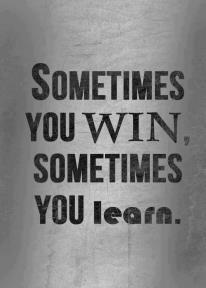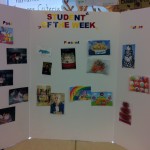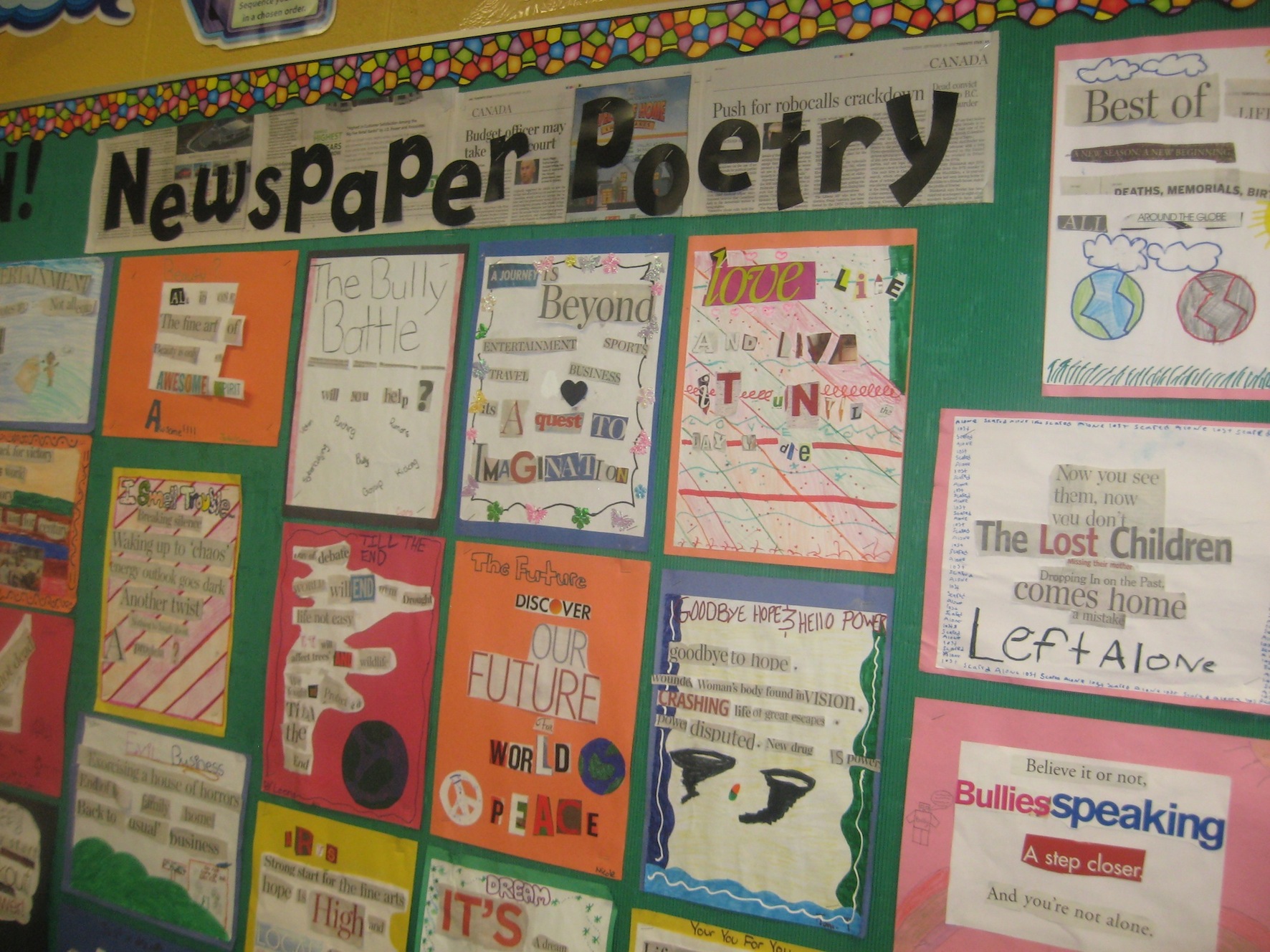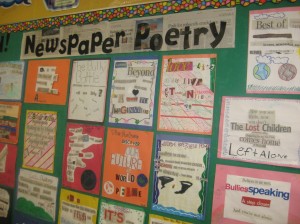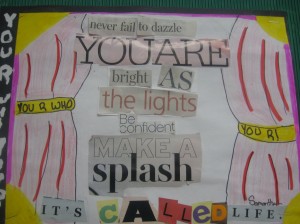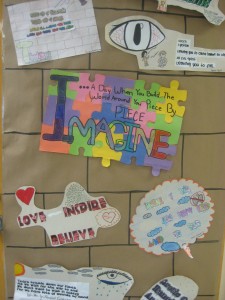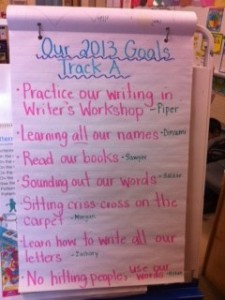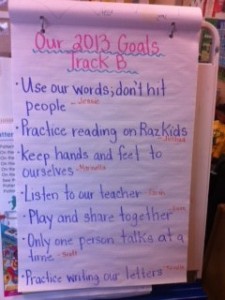September has been all about building community in our 5/6 classroom. It is difficult not to move full-steam ahead into the curriculum and feel pressured by time. However, by slowing things down and making time for community circles, Tribes activities, and more discussions, the students feel valued as contributors to their classroom and also their learning.
To build community we:
- Start each morning with a community gathering – I say a gathering rather than a circle as we are challenged with space and don’t have a carpet to sit on. So we gather near the reading corner where there is a small carpet and some bean bag chairs. Students are welcome to sit on the cushions, the small rug, or pull up their chairs in a semi-circle. It has an informal feel to it and the options allow students a choice in their seating, which they appreciate. We initially started our meetings with prompts that everyone responded to, such as favourite hobbies, number of siblings, etc. Now we open the discussion to anyone who wants to share. Last week, a student shared that she had just got a puppy the night before. This led to an engaging talk about dogs as pets and the fears that others had experienced with dogs.
- Writer’s workshop – To launch our writing workshop, we used Tribes activities that created discussions about our interests and selves. We then spent the first week writing lists that reflected those discussions, which will later be used to generate ideas during independent writing times. We all took a survey home to find out the origin of our names and why were given our particular names. After sharing our information in small groups, it provided a good starting topic for writing. We also wrote about our birth order after a fun Tribes activity that involved separating the class into four corners of the room for discussion, grouped as: oldest, only, middle, and youngest child.
- Reading workshop – We are also going slow with our development of reading workshop routines. To do this, we are following the 20 day plan that is simply laid out by Fountas and Pinnell in their book, Guiding Readers and Writers (Grades 3-6). On the Heinemann website it describes the book as presenting, “the basic structure of the language/literacy program within a breakthrough framework that encompasses the building of community through language, word study, reading, writing, and the visual arts.”
- Math – Starting with data management, the students have had the opportunity to survey each other about their interests and make graphs. We also took an online Multiple Intelligence survey and are graphing the strengths of the class on a large graph to be displayed and referred to in the classroom.
- Social Studies and Art – Our first art activity followed a read-aloud about totem poles created by the Haida. We used a chart that described the meaning about each crest and the significance of colour. After selecting crests that reflected each individual, the students drew their crest using pastels with bold black outlines, then used brown paint around the crest to resemble the totem pole. We have attached the rectangular drawings into groups of 5 or 6 crests and formed 3D cylinder shapes to resemble poles. We are preparing to hang them in the hallway outside our classroom.






